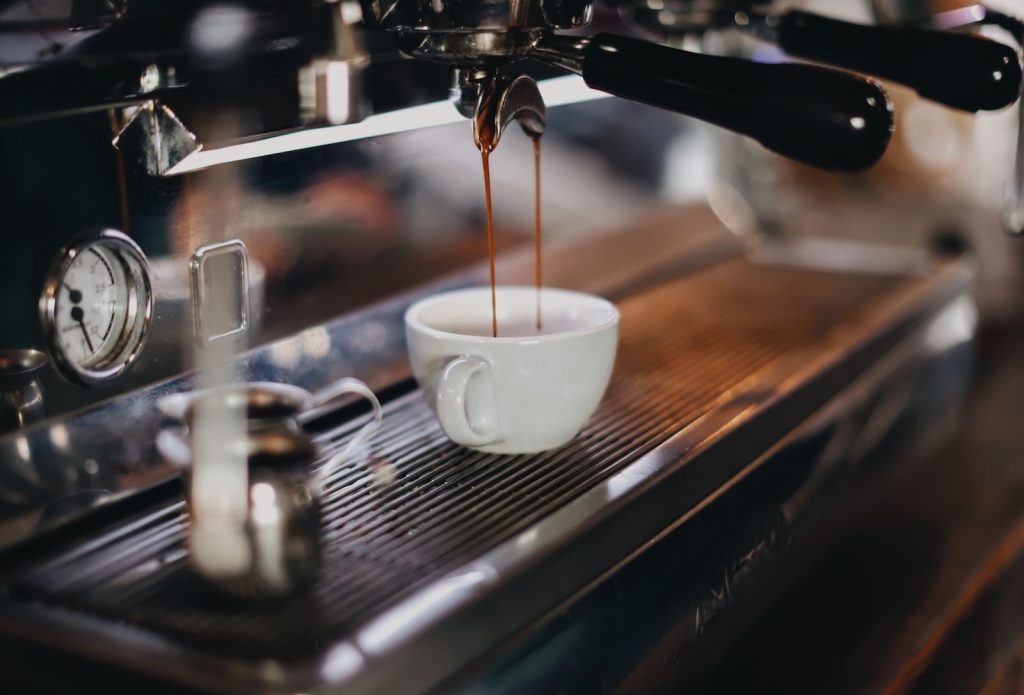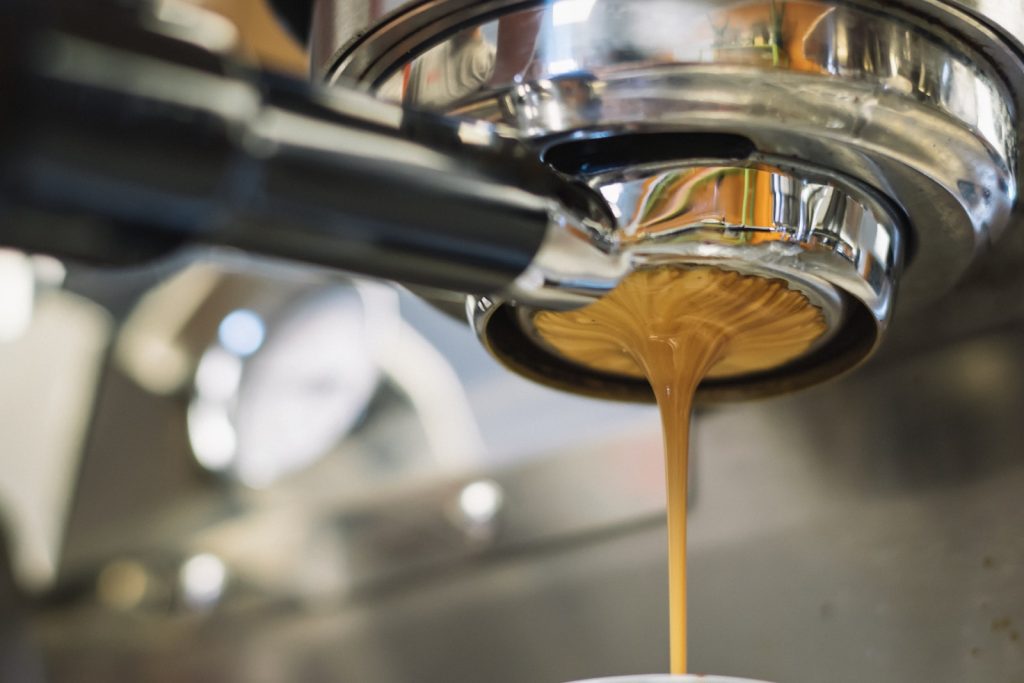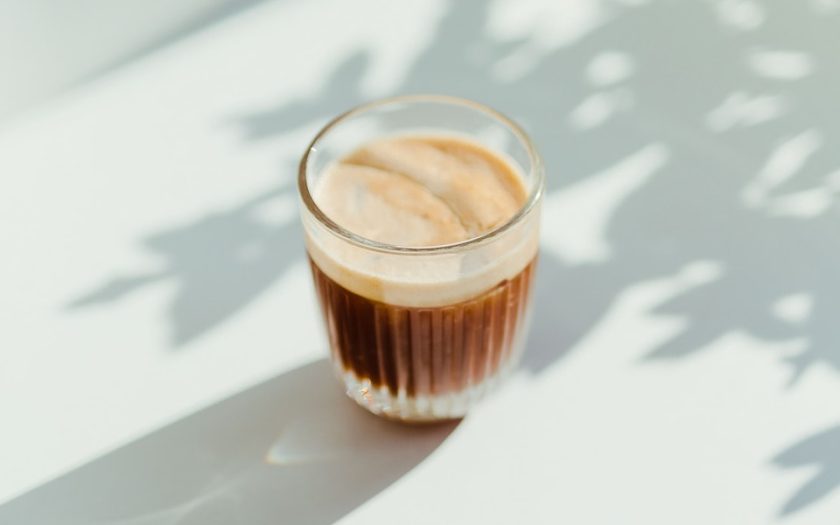Hello, coffee aficionados! I’m Susan Brewster, and I’ve been brewing up wisdom and knowledge about coffee on my blog, “Coffeecraftcue,” for the past four years. Today, we’re going to embark on an aromatic journey into the fascinating world of coffee and explore a topic that might make you think twice about how you brew your beloved morning elixir – the relationship between pressure and flavor.
Coffee lovers, it’s time to get cozy, grab your favorite brew, and let’s dive into this rich and flavorful adventure!
The Brewing Basics
Before we delve into the pressure aspect of coffee brewing, let’s have a quick refresher on the brewing basics. Coffee, in its essence, is a delicate symphony of compounds that give it its unique flavor, aroma, and mouthfeel. The key to unlocking these attributes lies in the art of extraction, where hot water meets coffee grounds.
At its core, extraction is the process of dissolving soluble compounds from coffee grounds into water, creating the delicious liquid we all adore. But, here’s the kicker – not all compounds in coffee are created equal. Some are delightful, while others, when over-extracted, can turn your cuppa into a bitter, undesirable mess. That’s where pressure enters the scene.
Pressure in the Coffee World
Pressure plays a pivotal role in determining the extraction process, and it does so in a couple of different ways. Let’s take a closer look:
Espresso Extravaganza:
When you think of pressure in the coffee world, the espresso machine probably springs to mind. Espresso is known for its intense and concentrated flavors, and that’s all thanks to pressure. An espresso machine forces hot water through finely ground coffee at a high pressure, typically around 9 bars (or atmospheres), for a quick extraction, usually in 25-30 seconds. This method extracts both the delightful aromatic oils and the more bitter compounds from the coffee grounds, creating a well-balanced, bold shot of espresso.

Aeropress – A Gentle Squeeze:
At the other end of the spectrum, we have the Aeropress, which uses manual pressure for a more controlled extraction. This method allows you to experiment with different levels of pressure, and the results can vary significantly. You can exert a gentle, steady pressure or go for a more forceful push, altering the flavor and strength of your brew.
Drip Coffee Makers:
While not typically thought of as pressure-based methods, drip coffee makers do exert a certain amount of pressure to push hot water through a filter basket containing coffee grounds. The level of pressure in these machines might be lower compared to espresso machines, but it still plays a part in the overall flavor extraction.
Now that we have a general idea of how pressure influences coffee, let’s take a closer look at how it affects the flavors we experience.
The Flavor Effects of Pressure
Imagine pressure as the conductor of a coffee orchestra, directing the symphony of flavors to your taste buds. It influences the balance and intensity of various taste and aroma elements in your cup of coffee. Let’s break down the effects of pressure on the flavor:
Body and Mouthfeel:
Pressure can significantly impact the body and mouthfeel of your coffee. Espresso, with its high-pressure extraction, tends to have a thicker and creamier mouthfeel, creating a luscious experience on your palate. In contrast, coffee brewed with lower pressure, like a pour-over, may have a lighter and more delicate body.
Aroma Intensity:
Pressure can also influence the aromatic qualities of your coffee. Espresso, with its quick and intense extraction, tends to preserve and highlight the volatile compounds responsible for coffee’s delightful aroma. A well-pulled espresso shot can fill the room with a tantalizing fragrance, making it the ideal base for drinks like cappuccinos and lattes.
Bitterness and Acidity:
The balance between bitterness and acidity in your coffee depends on pressure. Espresso, due to its high pressure, often has a balanced flavor profile. The bitterness is tempered by the acidity, creating a harmonious cup. On the other hand, using lower pressure methods can bring out the acidity more prominently, making for a tangy, bright coffee.
Complexity of Flavor:
The level of pressure you use can also affect the complexity of flavor in your brew. Espresso, with its high pressure and rapid extraction, often captures a wide range of flavors from the coffee grounds. You might notice hints of chocolate, nuts, fruits, and even floral notes, all in one sip. Low-pressure methods, like a French press, tend to extract fewer compounds, resulting in a simpler, more straightforward flavor.
Pressure at Play – Practical Examples
Now that we understand the theory, let’s explore some practical examples of pressure at play in our favorite brewing methods.
The Espresso Machine
Espresso machines are the poster child for pressure in coffee brewing. They use a combination of temperature and pressure to extract the rich flavors from finely ground coffee. When you pull a shot of espresso, you’re using about 9 bars of pressure to push hot water through the coffee puck. The result is a small but potent shot with a creamy crema, a dense body, and a flavor profile that’s bold and multifaceted.
The pressure, in this case, is like a virtuoso violinist, extracting the most intricate and delightful notes from the coffee grounds. The oils and solids are expertly dissolved, delivering that quintessential espresso experience. It’s a symphony in a cup!
The Aeropress Experiment
Now, let’s talk about the Aeropress – a versatile brewing method that allows you to play with pressure levels. When you’re plunging the Aeropress, you can control how much pressure you apply, and this can lead to very different results.
Imagine you’re squeezing the plunger with the gentlest touch. This is like a soft acoustic guitar strumming, gently coaxing the flavors from the coffee grounds. You’ll get a smooth, mellow brew, perhaps with more subtlety and nuance. On the other hand, if you push down with gusto, it’s like a rock concert, unleashing the full power and intensity of the coffee grounds. The result? A bold, robust brew with a heavier body and more pronounced flavors.
So, in this case, the Aeropress is your customizable coffee orchestra, and you get to be the conductor.
The Drip Coffee Machine

Now, let’s talk about the humble drip coffee machine. You might think these machines are straightforward, but there’s more to them than meets the eye. They work by heating water and then using gravity and sometimes a bit of pressure to send that water through a filter containing coffee grounds.
The pressure here is like the rhythm section of a band – consistent, reliable, and foundational. It may not be as fancy as a solo, but it sets the beat and keeps the music going. Drip machines typically operate at a lower pressure than espresso machines, usually around 1 to 2 bars. This results in a steady, predictable extraction, which can yield a well-balanced, milder cup of coffee. The flavors are extracted methodically, giving you a familiar and comforting brew.
Olivia Sinclair is the creative mind behind the “Coffee Machines and Other Things Affiliate” blog. With a passion for all things coffee-related and a keen interest in the world of affiliate marketing, Olivia has managed to blend her two passions into a successful online venture. Born and raised in Seattle, the heart of coffee culture, Olivia’s love for coffee started at an early age. She spent her formative years exploring local coffee shops, learning the art of brewing, and appreciating the nuances of coffee beans from around the world.
After completing her Bachelor’s degree in Marketing and Communications, Olivia embarked on a career that led her into the world of affiliate marketing. She soon realized that her true calling lay in combining her marketing expertise with her love for coffee. This realization gave birth to the “Coffee Machines and Other Things Affiliate” blog, where Olivia shares her in-depth knowledge of coffee machines, brewing methods, and other related products. Her insightful reviews and well-researched recommendations have made her a trusted source for coffee enthusiasts seeking guidance on their purchases.
When she’s not busy exploring the latest coffee trends and testing new products, you can find Olivia hiking in the beautiful Pacific Northwest or honing her latte art skills. She believes in the power of a great cup of coffee to brighten anyone’s day and is dedicated to helping her readers find the perfect coffee-related products to elevate their coffee experience.
